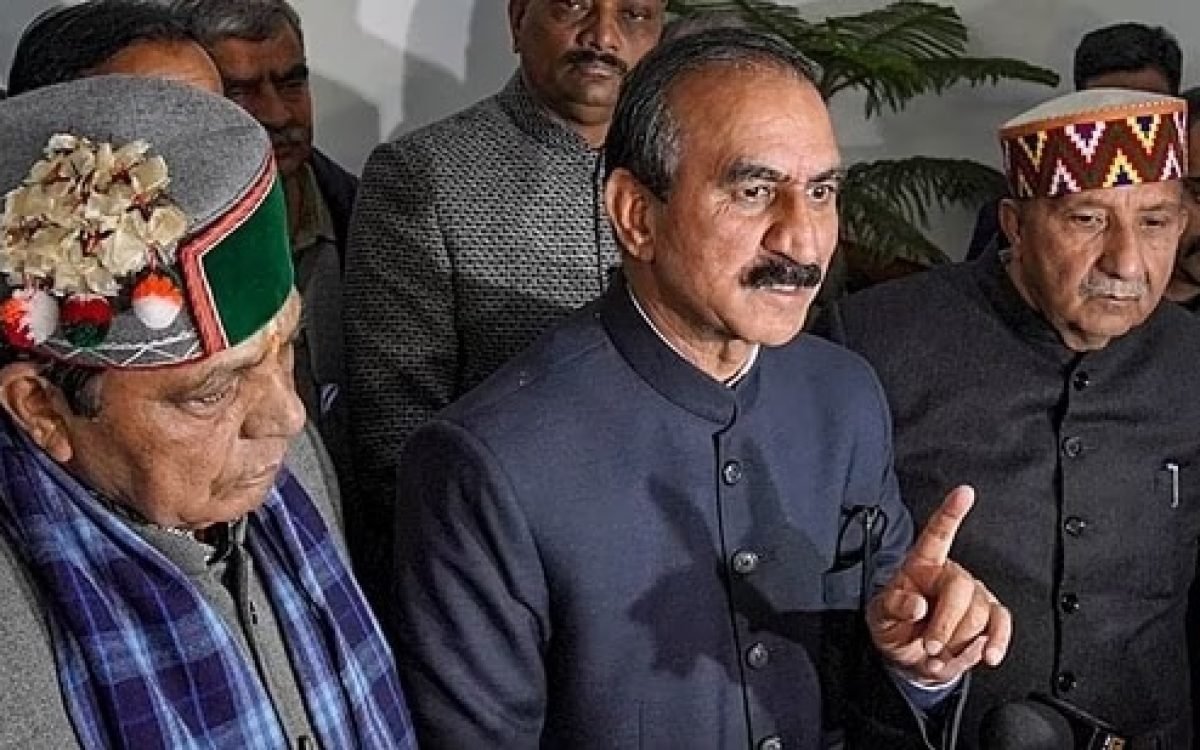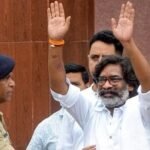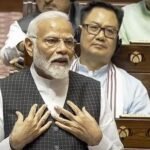The political landscape of Himachal Pradesh is currently ablaze with controversy and upheaval, as the state assembly witnesses unprecedented turmoil and power struggles between the Congress and the Bharatiya Janata Party (BJP).
Despite holding a minority position in the Himachal assembly, the BJP has managed to outmaneuver the Congress, seizing upon opportunities to challenge the ruling party’s authority. Leader of the Opposition, Jairam Thakur, has vehemently called for the resignation of Chief Minister Sukhvinder Singh Sukhu in the wake of recent events that have cast a shadow over the stability of the government.
Chief Minister Sukhvinder Singh Sukhu found himself grappling with internal strife within the Congress ranks during the Rajya Sabha elections, as six Congress MLAs defied party lines and engaged in cross-voting, resulting in a humiliating defeat. This brazen display of dissent has raised serious concerns within the Congress camp and emboldened the BJP, potentially paving the way for a looming no-confidence motion.
In a dramatic turn of events, Thakur, accompanied by members of the BJP’s legislative party, convened with Governor Shiv Pratap Shukla at the Raj Bhawan, seeking redress for perceived injustices and a challenge to the legitimacy of the ruling government. Their efforts to address the alleged improprieties faced hurdles as disruptions marred assembly proceedings, ultimately leading to its adjournment.
Thakur, in a statement to the press, decried the government’s refusal to conduct a division of votes during crucial legislative debates, citing it as evidence of a loss of majority and a breach of democratic norms. He further condemned the conduct of the Marshals towards BJP MLAs, labeling it as unacceptable and indicative of a deteriorating political climate.
However, the intensifying confrontation reached a boiling point during the assembly session, as the Speaker of the Himachal Pradesh Assembly took decisive action by expelling 15 BJP MLAs, including Jairam Thakur, from the chamber. The expulsion was purportedly a response to their alleged misconduct, including shouting slogans and engaging in disruptive behavior within the Speaker’s chamber.
As the dust settles on these tumultuous proceedings, the fate of the Himachal Pradesh government hangs in the balance, with tensions escalating between rival factions. The unfolding saga underscores the fragility of political alliances and the enduring struggle for supremacy in the corridors of power. As stakeholders brace for further developments, the echoes of dissent reverberate throughout the hills of Himachal Pradesh, signaling a tumultuous chapter in its political history.









